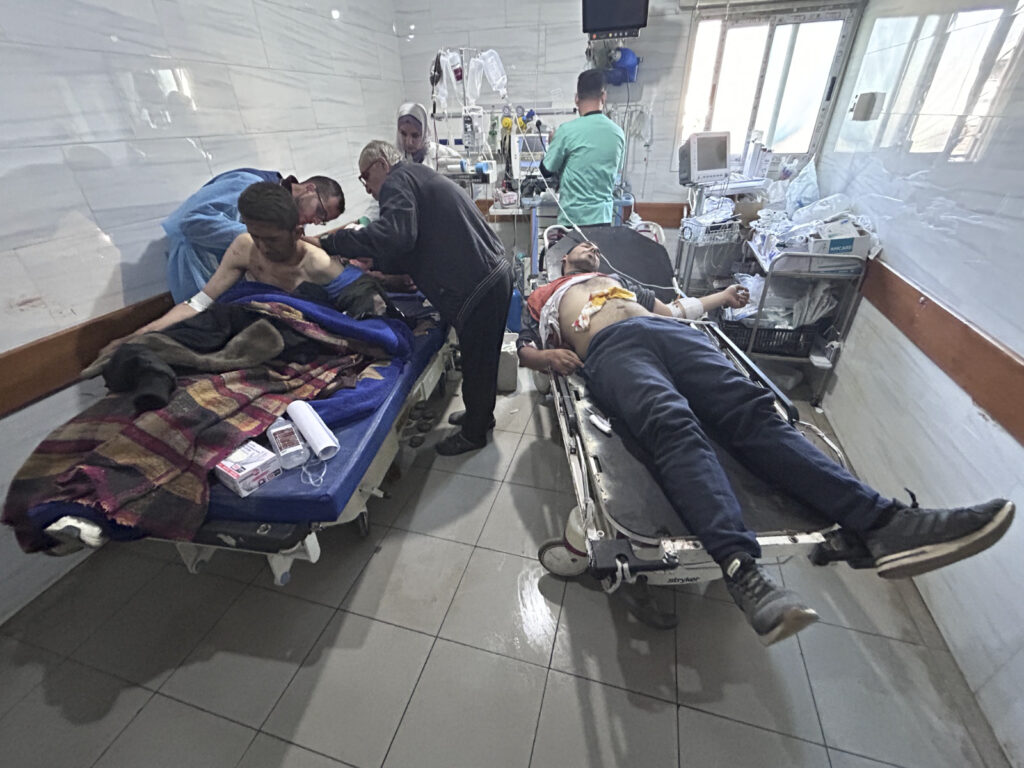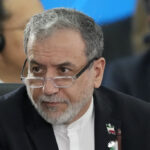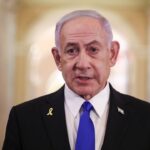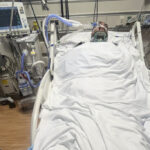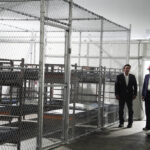The head of a Gaza City hospital that treated some of those wounded in the bloodshed surrounding an aid convoy said Friday that more than 80% had been struck by gunfire, suggesting there had been heavy shooting by Israeli troops. At least 112 Palestinians were killed and more than 750 others were injured Thursday, according to health officials, when witnesses said nearby Israeli troops opened fire as huge crowds raced to pull goods off an aid convoy. Israel said many of the dead were trampled in a stampede linked to the chaos and that its troops fired at some in the crowd who they believed moved toward them in a threatening way. Dr. Mohammed Salha, the acting director of Al-Awda Hospital, told The Associated Press that 176 wounded were brought to the facility, of whom 142 had suffered gunshot wounds. The other 34 showed injuries from a stampede.
Quick Read
- The head of a Gaza City hospital reported that over 80% of the wounded from an incident involving an aid convoy had gunshot wounds, indicating heavy shooting by Israeli troops.
- At least 112 Palestinians were killed and over 750 injured when Israeli troops reportedly fired on crowds at an aid convoy, according to health officials.
- Dr. Mohammed Salha of Al-Awda Hospital noted 142 out of 176 wounded had gunshot injuries; the rest were hurt in a stampede.
- The chaos highlights the severe impact of Israel’s nearly 5-month offensive on Gaza’s humanitarian situation, with the U.N. reporting a quarter of Gaza’s 2.3 million population facing starvation.
- Aid delivery has been severely hampered due to coordination difficulties with the Israeli military, ongoing hostilities, and public order breakdown.
- The incident raises concerns about Israel’s ability to maintain order in Gaza, especially considering Israeli Prime Minister Benjamin Netanyahu’s plan for open-ended control over the territory post-conflict.
- Israel’s offensive began in response to a Hamas attack on October 7, which resulted in around 1,200 deaths, mostly civilians, and the abduction of about 250 individuals.
- International calls for more aid have been met with limited response, with supply truck numbers significantly reduced from pre-war levels.
- The Palestinian death toll from the conflict has reached 30,228, with 71,377 injured, according to the Gaza Health Ministry.
- Witnesses reported that Israeli troops fired on crowds during the aid convoy incident, causing casualties and a stampede.
- International reactions include accusations from Saudi Arabia, Egypt, and Jordan against Israel for targeting civilians and calls for increased humanitarian aid access and a ceasefire.
- U.S. President Joe Biden expressed concerns that the incident could hinder ceasefire efforts, with ongoing negotiations for a pause in fighting and the release of hostages taken by Hamas.
The Associated Press has the story:
Gaza doctor: Gunfire accounted for 80% of wounds from aid convoy bloodshed
Newslooks- RAFAH, Gaza Strip (AP) —
The head of a Gaza City hospital that treated some of those wounded in the bloodshed surrounding an aid convoy said Friday that more than 80% had been struck by gunfire, suggesting there had been heavy shooting by Israeli troops.
At least 112 Palestinians were killed and more than 750 others were injured Thursday, according to health officials, when witnesses said nearby Israeli troops opened fire as huge crowds raced to pull goods off an aid convoy. Israel said many of the dead were trampled in a stampede linked to the chaos and that its troops fired at some in the crowd who they believed moved toward them in a threatening way.
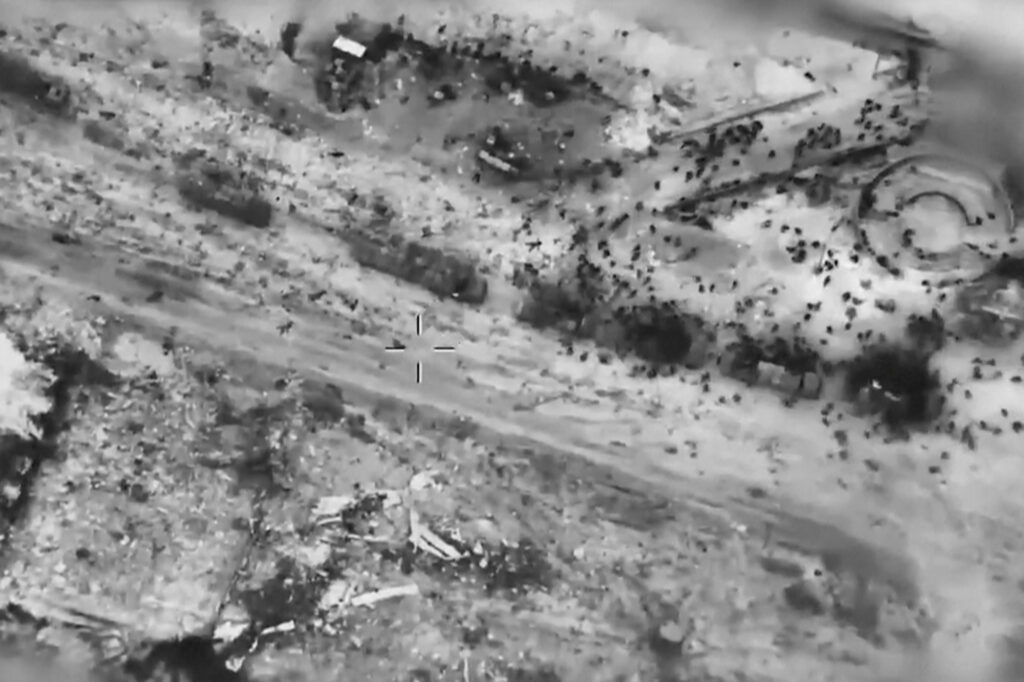
Dr. Mohammed Salha, the acting director of Al-Awda Hospital, told The Associated Press that 176 wounded were brought to the facility, of whom 142 had suffered gunshot wounds. The other 34 showed injuries from a stampede.
He couldn’t address the cause of death of those killed, because the bodies were taken to government-run hospitals to be counted. Officials at the other hospitals couldn’t immediately be reached concerning the dead and other wounded.
The bloodshed underscored how chaos amid Israel’s almost 5-month-old offensive has crippled the effort to bring aid to Gaza’s 2.3 million Palestinians, a quarter of whom the U.N. says face starvation.
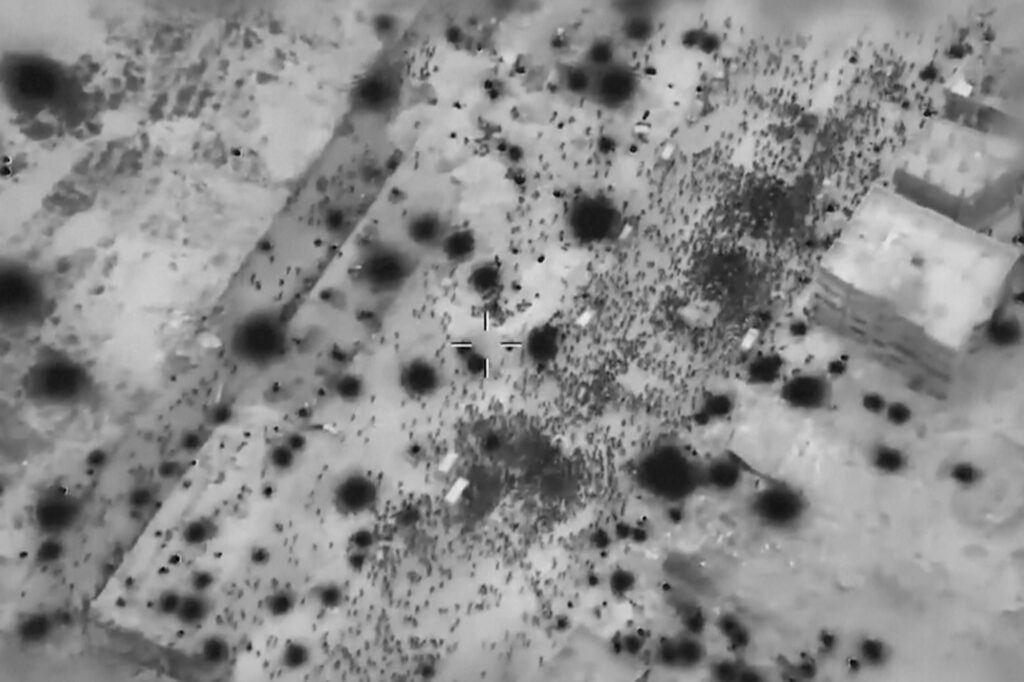
The U.N. and other aid groups have been pleading for safe corridors for aid convoys, saying it has become nearly impossible to deliver supplies in most of Gaza because of the difficulty of coordinating with the Israeli military, ongoing hostilities and the breakdown of public order, with crowds of desperate people overwhelming aid convoys.
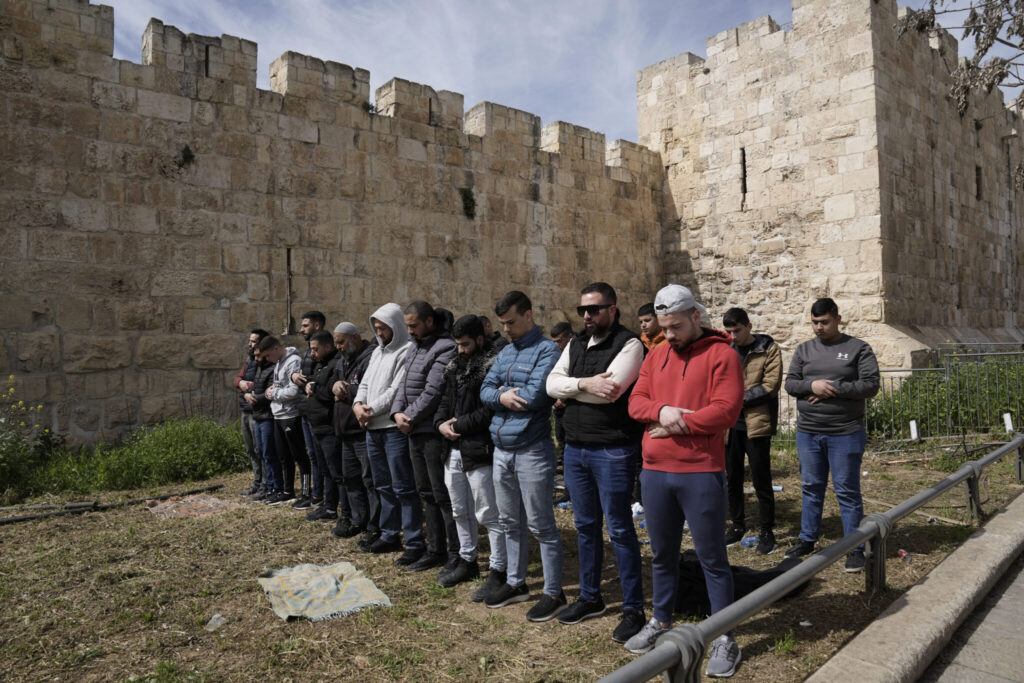
U.N. officials say hunger is even worse in the north, where several hundred thousand Palestinians remain though the area has been isolated and mostly leveled since Israeli troops launched their ground offensive there in late October. U.N. agencies haven’t delivered aid to the north in more than a month because of military restrictions and lack of security, but several deliveries by other groups reached the area earlier this week.
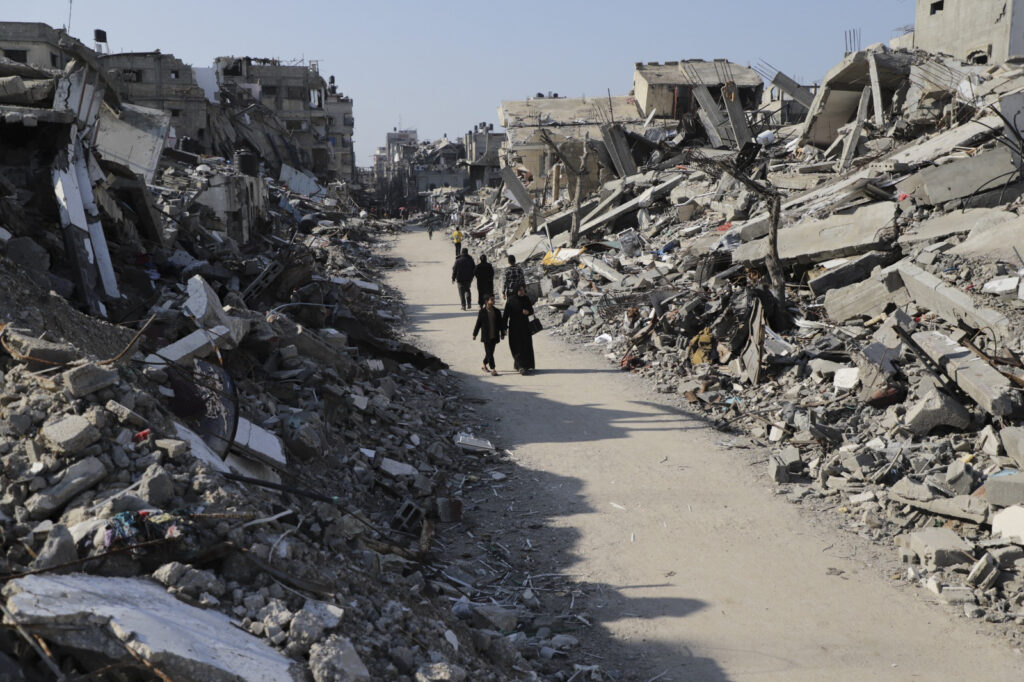
Thursday’s convoy wasn’t organized by the U.N. Instead, it appeared to have been monitored by the Israeli military, which said its troops were on hand to secure it to ensure it reached northern Gaza. The ensuing shooting and bloodshed raise questions over whether Israel will be able to keep order if it goes through with its postwar plans for Gaza.
Israeli Prime Minister Benjamin Netanyahu has put forward a plan under which Israel would retain open-ended security and political control over the territory — an effective reoccupation — after Hamas is destroyed. Under the plan, Palestinians picked by Israel would administer the territory, but it’s uncertain if any would cooperate.
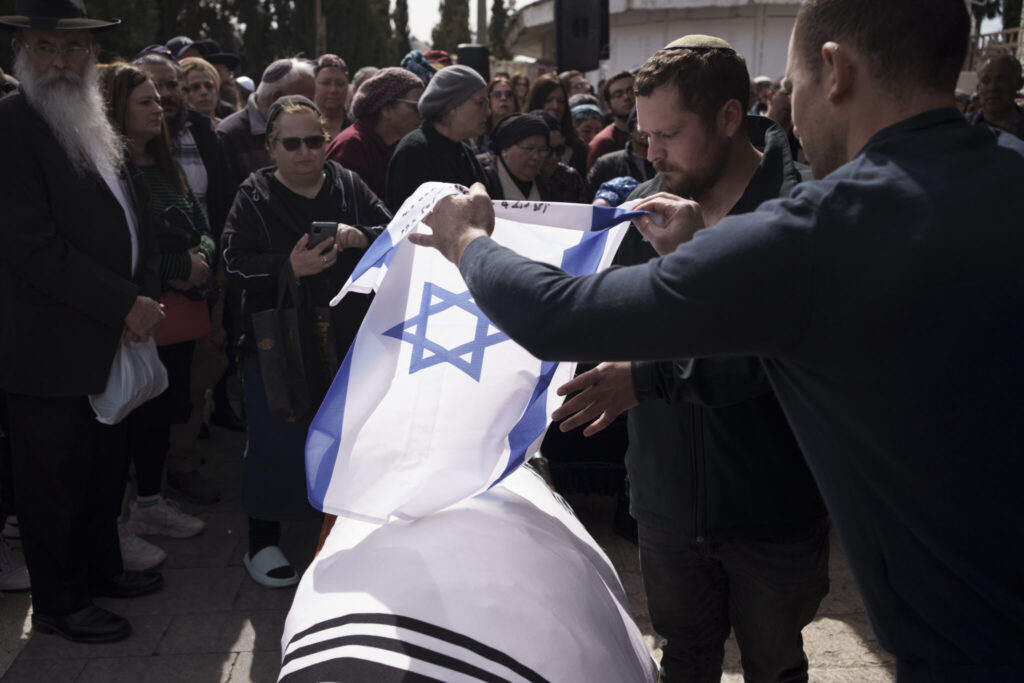
That would leave Israeli troops, who throughout the war have responded with heavy firepower when they perceive a possible threat, to oversee the population amid what the international community says must be a massive postwar humanitarian and reconstruction operation.
Israel launched its air, sea and ground offensive in Gaza in response to Hamas’ Oct. 7 attack into Israel, in which militants killed around 1,200 people, mostly civilians, and abducted around 250 others. Since the assault began, Israel has barred entry of food, water, medicine and other supplies, except for a trickle of aid entering the south from Egypt at the Rafah crossing and Israel’s Kerem Shalom crossing.
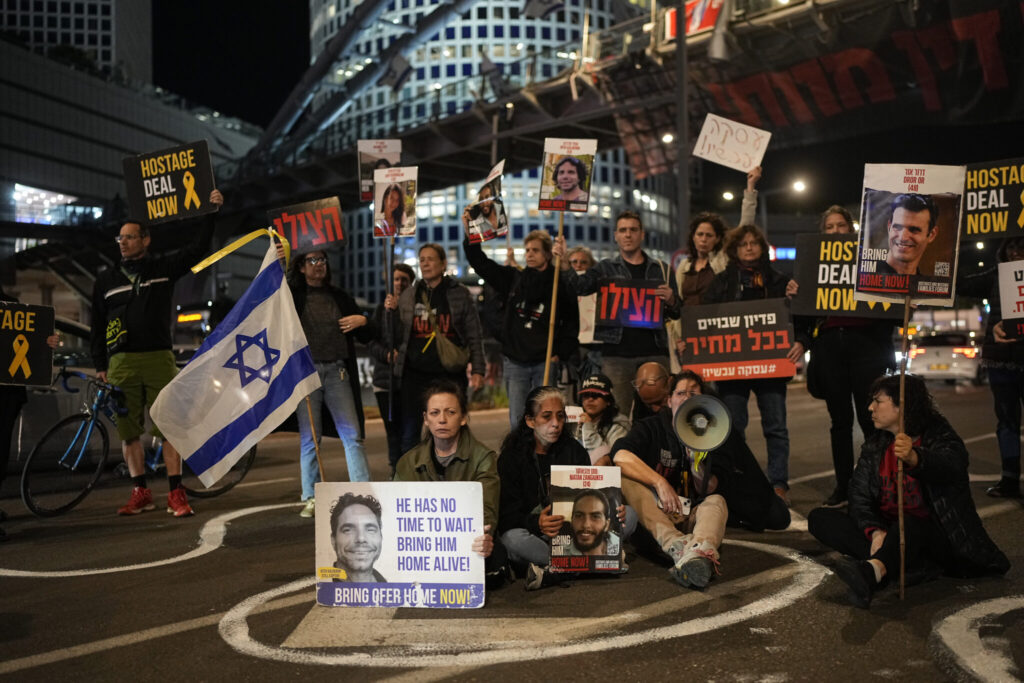
Despite international calls to allow in more aid, the number of supply trucks is far less than the 500 that came in daily before the war.
The Gaza Health Ministry said that the Palestinian death toll from the war has climbed to 30,228, with another 71,377 wounded. The ministry doesn’t differentiate between civilians and combatants in its figures, but says women and children make up around two-thirds of those killed.
Thursday’s bloodshed took place as a convoy of around 30 trucks entered Gaza City before dawn.
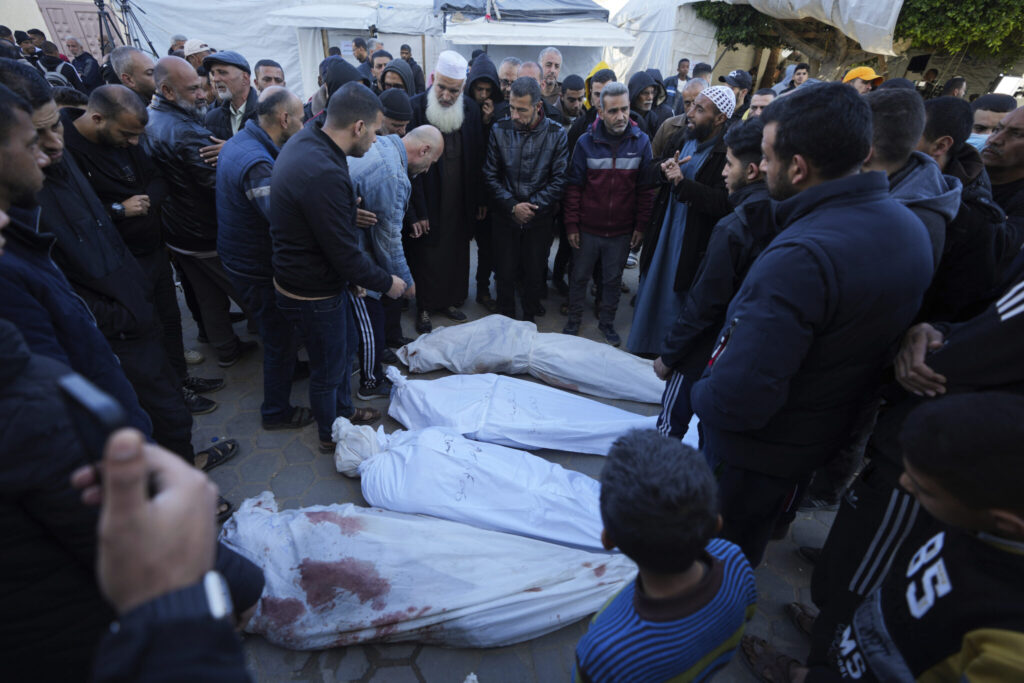
Kamel Abu Nahel, who was being treated for a gunshot wound at Shifa Hospital, said that he and others went to the distribution point in the middle of the night because they heard there would be a delivery of food.
“We’ve been eating animal feed for two months,” he said.
He said that Israeli troops opened fire on the crowd as people pulled boxes of flour and canned goods off the trucks, causing the Palestinians to scatter, with some hiding under cars.
After the shooting stopped, people went back to the trucks, and the soldiers opened fire again. He was shot in the leg and fell over, and then a truck ran over his leg as it sped off, he said.
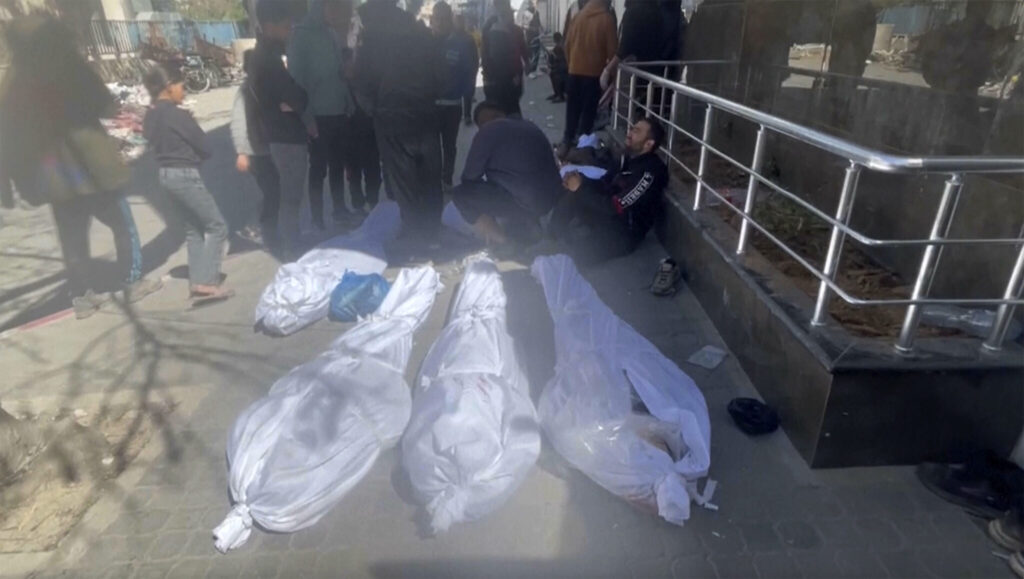
The Israeli military said that dozens of the deaths were caused by a stampede and that some were run over by trucks as drivers tried to get away.
Rear Adm. Daniel Hagari, the chief military spokesperson, said that Israeli troops guarding the area fired shots “only towards a threat after the crowd moved toward them in a way that endangered them.” He said the troops “didn’t open fire on those seeking aid.”
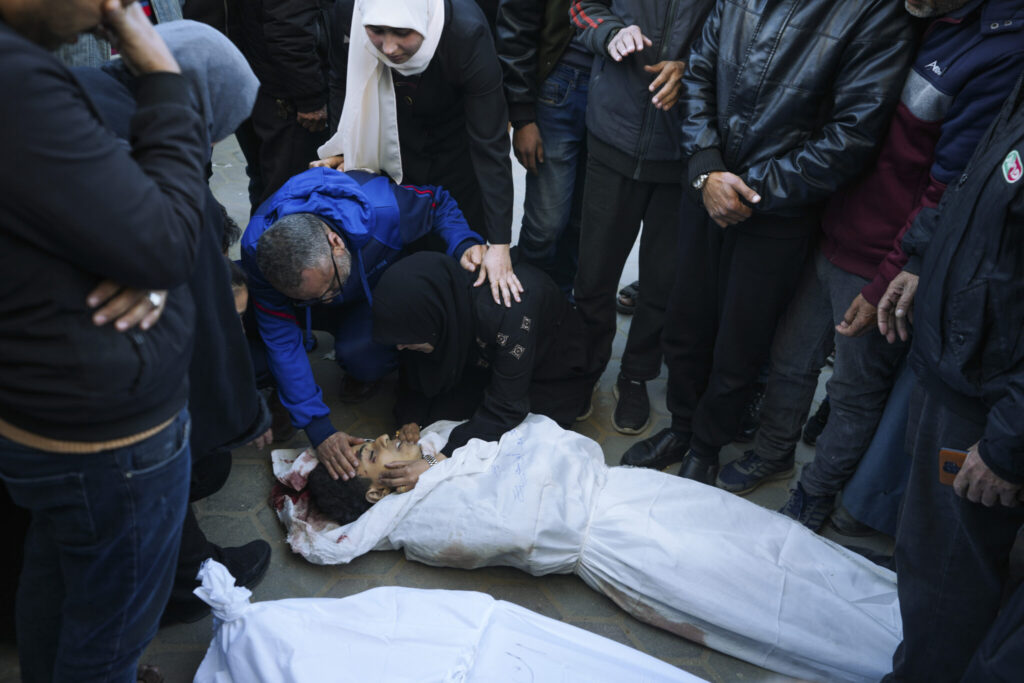
Saudi Arabia, Egypt, and Jordan accused Israel of targeting civilians in the tragedy. In separate statements, they called for increased safe passages for humanitarian aid. They also urged the international community to take decisive action to pressure Israel to abide by international law and to reach an agreement for an immediate cease-fire.
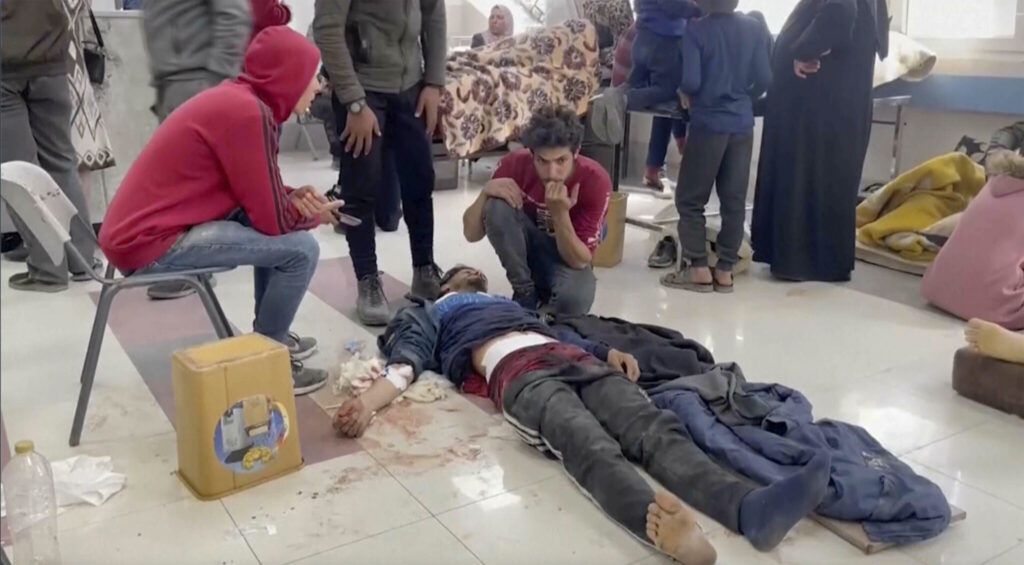
U.S. President Joe Biden said that Thursday’s bloodshed could set back cease-fire efforts. The U.S., Egypt and Qatar have been working to secure a deal between Israel and Hamas for a pause in fighting and the release of some of the hostages Hamas took during its Oct. 7 attack. After a round of releases during a week-long cease-fire in November, about 130 hostages remain captive in Gaza, though Israel says a quarter of them are believed to be dead.
Mediators hope to reach an agreement before the Muslim holy month of Ramadan starts around March 10. But so far, Israel and Hamas have remained far apart in public on their demands.

